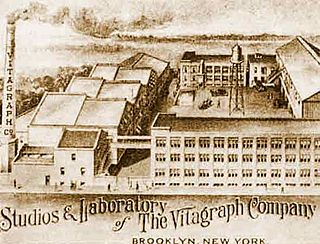
Vitagraph Studios, also known as the Vitagraph Company of America, was a United States motion picture studio. It was founded by J. Stuart Blackton and Albert E. Smith in 1897 in Brooklyn, New York, as the American Vitagraph Company. By 1907, it was the most prolific American film production company, producing many famous silent films. It was bought by Warner Bros. in 1925.
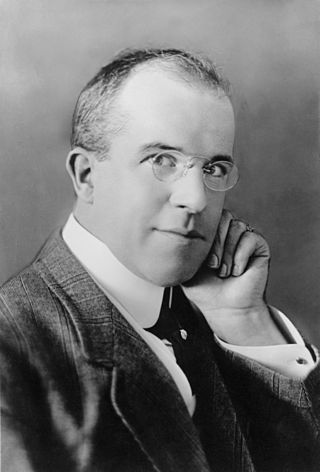
James Stuart Blackton was a British-American film producer and director of the silent era. One of the pioneers of motion pictures, he founded Vitagraph Studios in 1897. He was one of the first filmmakers to use the techniques of stop-motion and drawn animation, is considered a father of American animation, and was the first to bring many classic plays and books to the screen. Blackton was also the commodore of the Motorboat Club of America and the Atlantic Yacht Club.

Maurice George Costello was a prominent American vaudeville actor of the late 1890s and early 1900s who later played a principal role in early American films as leading man, supporting player, and director.

Marcus McDermott was an Australian actor who starred on Broadway and in over 180 American films from 1909 until his death.
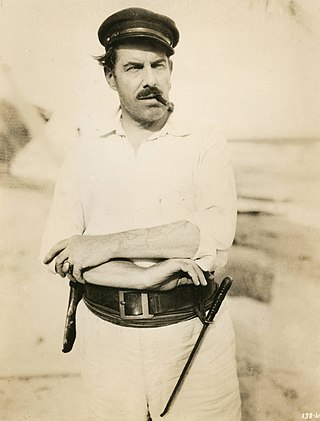
Harry Temple Morey was an American stage and motion picture actor who appeared in nearly 200 films during his career.

The Caveman, also styled as The Cave Man, is a 1926 American silent comedy film produced and distributed by Warner Bros. Lewis Milestone directed the Darryl Zanuck scripted story taken from the play The Cave Man by Gelett Burgess. Matt Moore, Marie Prevost, and Hedda Hopper star. A small role is played by a young Myrna Loy, who was just starting out in her long career.
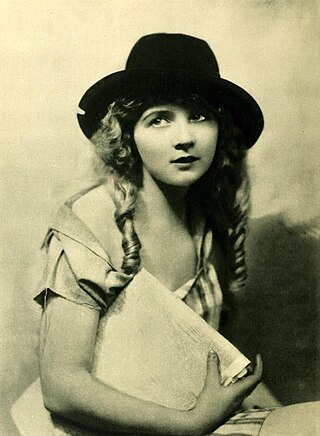
Gladys Leslie Moore was an American actress in silent film, active in the 1910s and 1920s. Though less-remembered than superstars like Mary Pickford, she had a number of starring roles from 1917 to the early 1920s and was one of the young female stars of her day.
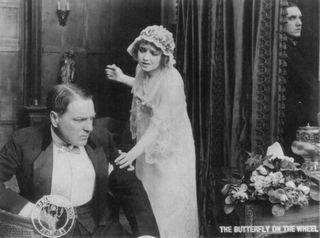
The World Film Company or World Film Corporation was an American film production and distribution company, organized in 1914 in Fort Lee, New Jersey.

The Dawn of Understanding is a lost 1918 American silent Western comedy film produced by The Vitagraph Company of America and directed by David Smith. It stars Bessie Love in the first film of her nine-film contract with Vitagraph. It is based on the short story "The Judgement of Bolinas Plain" by 19th-century Western writer Bret Harte.
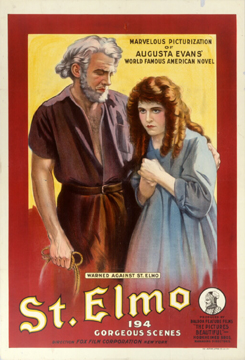
St. Elmo is a 1914 American silent drama film produced by the Balboa Amusement Producing Company and distributed by William Fox's Box Office Attractions Company. It was the first feature-length film adaptation of Augusta Jane Evans's 1866 novel of the same name. The story follows the life of the title character, who kills his cousin over the love of Agnes, falls from grace, and eventually finds redemption and love with Edna. It is disputed who directed the film; many sources credit Bertram Bracken, while others list St. Elmo as J. Gordon Edwards's directorial debut.

The Little Boss is a 1919 American silent romantic comedy film directed by David Smith and produced by Vitagraph Studios. The story and screenplay were by Rida Johnson Young, and it starred Bessie Love and Wallace MacDonald.
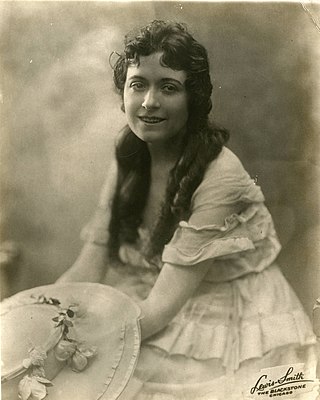
Mary Charleson was an Irish silent film actress who starred in about 80 films in the U.S. between 1912 and 1920.

The Absentee is a 1915 American silent allegory film directed by Christy Cabanne and starring Robert Edeson, A. D. Sears, and Olga Grey. It was released on May 8, 1915.
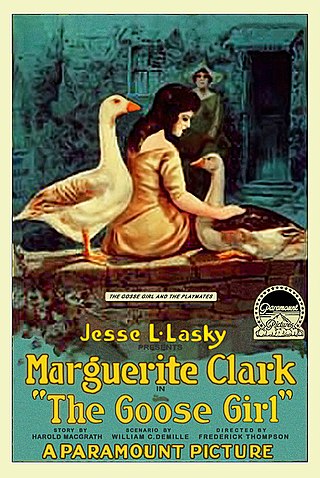
Frederick A. Thomson (1869–1925), sometimes spelled Thompson, was a director of silent films in the United States. He began his directing career in theater.

Thomas R. Mills, billed as Tom Mills, was an actor and director of silent films. He was a theater actor until he joined Vitagraph to make films.
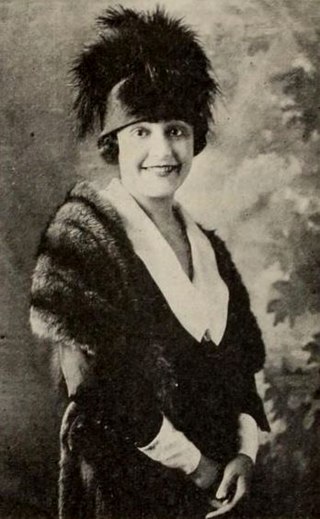
Betty Howe was an American actress in silent films.

The Wheels of Justice is a 1915 American silent film written by Edward J. Montagne, directed by Theodore Marston, and starring Dorothy Kelly, James Morrison and Louise Beaudet. It premiered in February 1915, before its wide release in August of the same year. It was met with mostly positive reviews.

Crooky is a 1915 American silent film written by Paul West, directed by C. Jay Williams, and starring Frank Daniels, Charles Eldridge and Harry T. Morey. It was Daniels screen debut. While initial reviews were polite, the film quickly disappeared from the trade press and Daniels' persona became critiqued in other feature comedies as overly broad or immoral. The original title was Crooky Scruggs, but during its theatrical run, the title was shortened to Crooky.
The Surprises of an Empty Hotel is a 1916 American silent film written by Jasper Ewing Brady, directed by Theodore Marston, and starring Charles Richman, Charles Eldridge and Leo Delaney.
Mortmain is a five-part 1915 Vitagraph mystery drama film, directed bye Theodore Marston. Reviewer Lynde Denig said it was a mystery drama with a scientific background that "comes pretty close to being a model of motion picture craftsmanship." The film was adapted from a story by Arthur Train. The New York Clipper called it remindful of the stories of Edgar Allan Poe. It stars Robert Edeson. Marguerite Bertsch wrote the screenplay. The story involves the grafting of one man's hand to replace a man's who had his crushed. The consequences are haunting. The film is presumed lost.



















